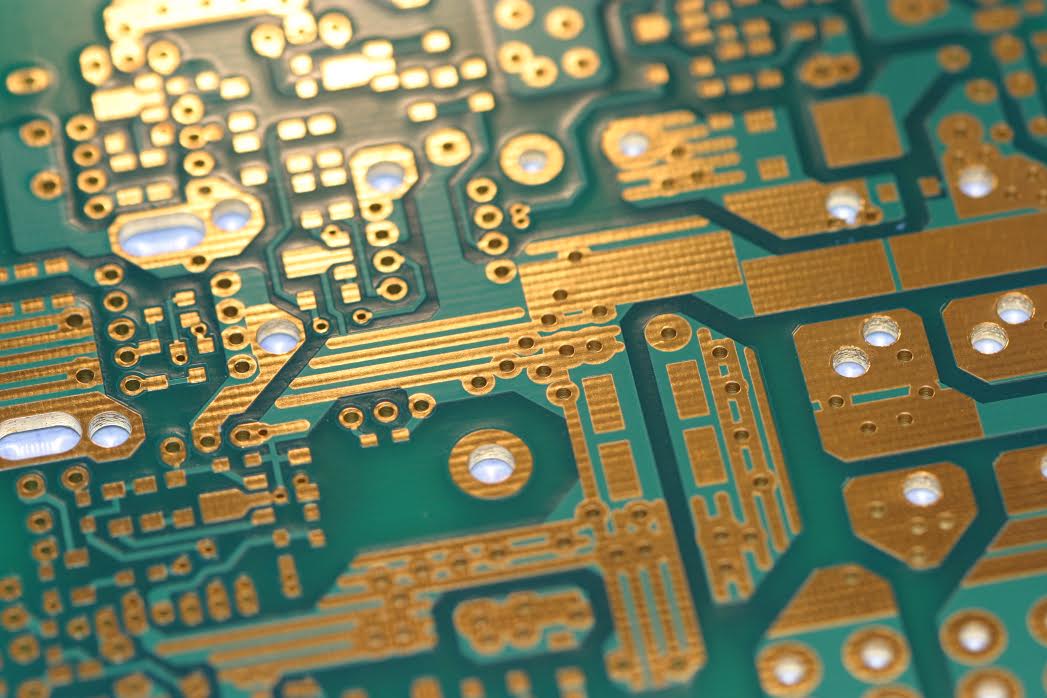Do you know about the properties of PCB? If not, then read this article to know. Click here for rigid flex pcb manufacturer.
What is a PCB for?
It is widely used when working on design electronic electrical, mechatronic, also in research, production and manufacturing, innovative product development. Currently all products (electronic or not) have electronic cards inside with different shapes, characteristics, sizes, components, colors. Visit this site for pcb prototype assembly.
In any context, ignoring, undervaluing or leaving the electronic board later translates the success or failure in the design, manufacture or marketing of a product (any product actually has electronics) for a company.
In fact all engineering equipment (Design, hardware, software, mechanical, mechatronic, electrical, firmware design), or industrial, administrative, financial, marketing, warranty design, depends on a prototype, production or batch, to sell a product ( regardless of whether it is electronic or not) and thus achieve the success or financial failure of a company .
It also means the failure of an investigation or enterprise, which generates retraces or delays of months or years of effort to test a new technology, sensor or application, or launch one computer, device, machine, device, appliance to the market.

What is “bakelite”?
The term bakelite is a common word, to refer to a support or base, of the old component circuits linked together with cable. It is usual to confuse “bakelite” with a substrate or laminate of inferior quality called “phenolic” other than the highest quality laminate that is made of fiberglass material. In Conclusion, the laminate or reinforcement material of a PCB can be phenolic (badly called “bakelite” or fiberglass.
Properties of the PCB
These have different electrical, thermal, physical properties, which determine their behavior depending on the application:
Electrical: A property called dielectric permittivity constant (Er). This determines the behavior (propagation) of a high frequency signal and its electromagnetic fields, in a medium such as fiberglass.
Thermal: Glass transition temperature, is the temperature at which the fiber loses its properties and becomes fragile like glass, expanding exponentially, this happens after the specified temperature TG. It can also suffer an expansion in the Z axis due to temperature, in a percentage way (5).
Physical: Expansion in the X and Y axis in a proportion of parts per Million due to temperature. It can also absorb minimal moisture.
The PCB material is chosen by a designer according to whether it will suffer from high temperatures, if it will be used in high frequency applications, if it must have dimensional stability, mechanical rigidity if it is to be used in multilayer design, two or A layer. The above depends on the application and has an impact on the costs, reliability, maintenance and repair of the product.














